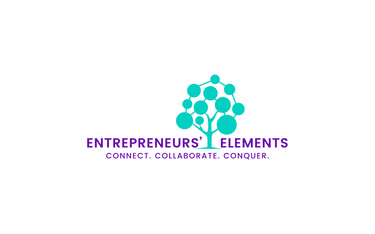Case Study: Cushion — When a Startup with $21M in Funding Still Fails
7/21/20252 min read
Let’s talk about Cushion, a fintech startup that looked like a winner—until it wasn’t.
Founded in 2016, the company promised to help everyday consumers fight back against hidden bank fees. It used AI to scan accounts, detect overdrafts or late charges, and automatically negotiate refunds. Within a few years, it had:
• Over 1 million users
• 200,000+ paying subscribers
• $15 million refunded back to customers
• $21.6 million in funding
• A peak valuation of $82.4 million
• $3 million in recurring revenue within the first year
That’s the dream, right?
So why did Cushion shut down in January 2025?
Here’s what founders and builders need to understand:
1. The Core Product Wasn’t Built to Scale.
Negotiating bank fees was a useful service—but it was just that: a feature. Not a platform. Not a system people came back to every day. And when banks changed policies or got better at transparency, the opportunity dried up.
2. The Pivot Came Too Late.
Cushion tried to branch into BNPL (Buy Now Pay Later) tracking, bill payments, and credit tools. But by the time those features launched, bigger fintech players had already moved in. The pivot didn’t bring the revenue or traction they needed to survive.
3. The Business Model Was Fragile.
Their revenue depended on refunds from banks—something entirely outside of their control. As that pool shrank, so did their earnings. And the switch to subscriptions wasn’t enough to plug the gap.
4. Investor Confidence Collapsed.
Despite still having cash in the bank, Cushion couldn’t raise another round. With fintech funding contracting across the board, investors wanted clear proof of scalability and profit potential. Cushion couldn’t show it.
5. Market Timing and Momentum Matter.
Cushion had the right idea at the right time—initially. But fintech evolved fast. Competitors came in hotter, faster, and more equipped to dominate the space. Cushion got outpaced.
The founder said it plainly:
“We didn’t reach the scale needed to sustain the business… But I’m proud of what we built.”
And honestly, they should be proud.
But here’s what we can take away:
Early growth isn’t a business model.
You can be right—and still be too early, too slow, or too narrow.
Product-market fit is only the beginning. You need a clear path to scalable, repeatable value.
A “cool feature” isn’t enough to survive a tough market.
Investor money doesn’t buy you time forever.
Hard truth: You can do almost everything right—and still fail if the model isn’t adaptable, if your pivot comes too late, or if the market turns faster than you do.
So here’s the EE founder reflection prompt this week:
If your best product or feature disappeared tomorrow, does your business still stand?
Let’s talk about it — this is the kind of failure we must learn from.
